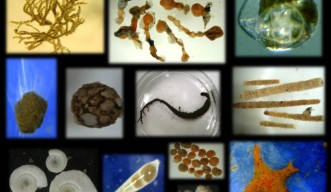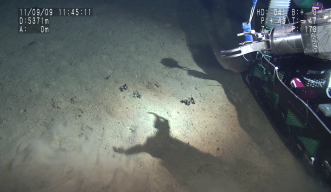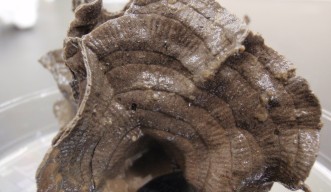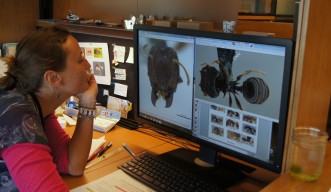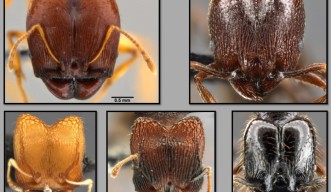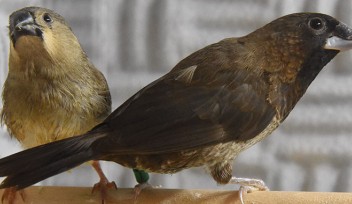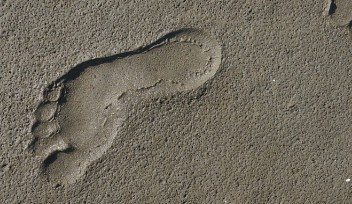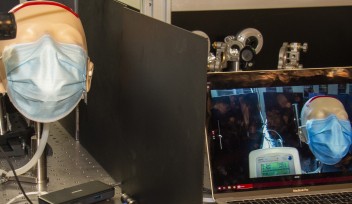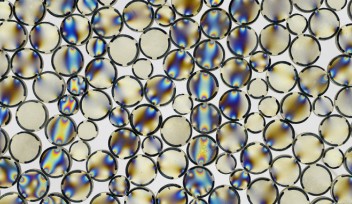Splitting Species
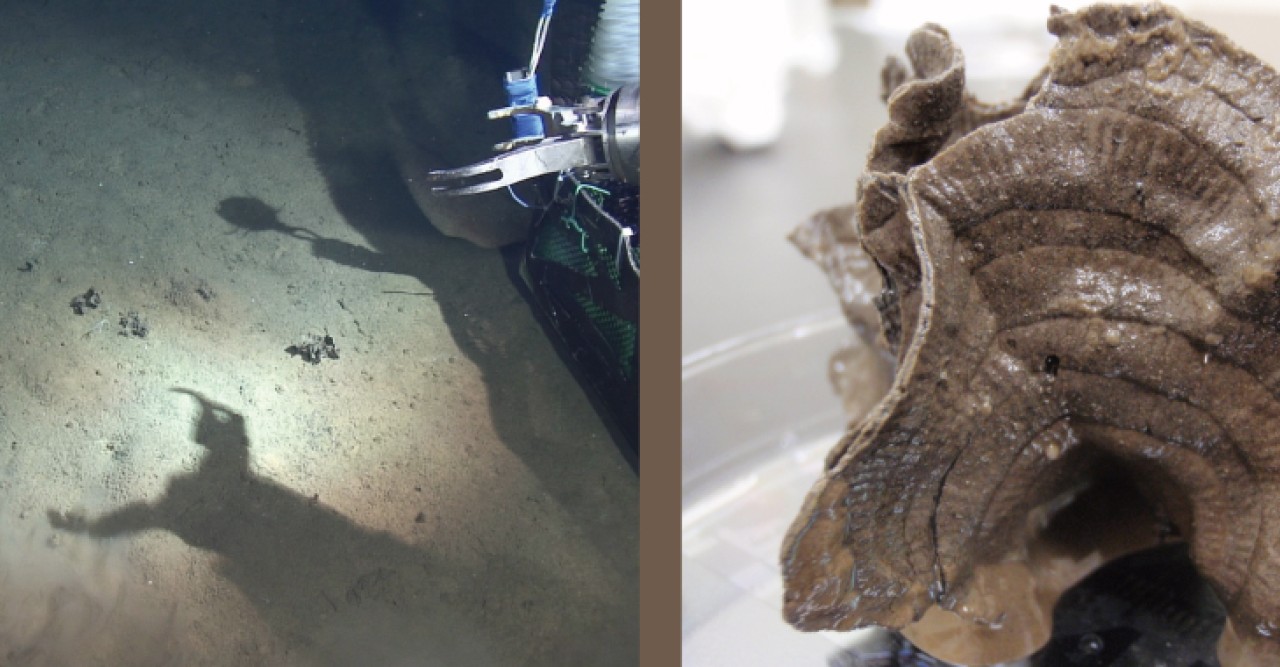
“I had no clue what foraminifera were,” says OIST researcher Dr. Beatrice Lecroq.
To find out, this curious Swiss French biologist journeyed to the strange, deeper parts of the ocean, intrigued by these one-celled animals. Stranger perhaps is that Lecroq found that same sense of intrigue on land—in an ant colony. At first glance these animals appear to have nothing in common, but she’s found their evolutionary stories share common themes. Lecroq’s wide range of interests, including chemical engineering, landed her in OIST’s Biodiversity and Biocomplexity Unit - a testament to the diversity found in the backgrounds of OIST researchers, and within the subjects they study.
To the untrained eye, foraminifera look like a shelled organism, but they are not always shelled, nor are the shells consistently composed of calcium carbonate. These amoeba-like creatures have sticky, hair-thin extensions to bring in food or organic particles to build up a shell. They cover a myriad of shapes and sizes, from less than 30 microns to 20 cm wide, and exist across a multitude of ecosystems: from shallow ocean sediments to the deepest trenches, floating in freshwater, or buried in terrestrial soils. Known colloquially as ‘forams’, they are often the major living component of deep-sea sediment, and their preserved existence in the fossil record makes them a good indicator for climate change and oil prospecting.
“There is no terrestrial equivalent for these animals,” says Lecroq.
What Lecroq found most fascinating were the giant forams called xenophyophores, which can grow to 20 cm. Though scattered throughout all ocean basins, xenophyophores have been overlooked in science. They look like a fragile dirt clod with hard wavy petals, and have piqued the interest of the Japanese government for their ability to accumulate heavy and rare metals, including radioactive elements.
“When xenophyophores were initially discovered, people didn’t even know what phylum to put them in," she says.
Her quest lay in understanding what drove some foram species to be more diverse or more widespread than others. Why were some forams specialized and others not so?
While at the Japan Agency for Marine-Earth Science and Technology (JAMSTEC), she separated all DNA molecules from sediment she collected from the Marianas Trench, the deepest part of the ocean. She then used massive sequencing to create decipherable copies of DNA strands, which helped her identify what organisms, particularly what forams, lived in the ocean sediment. “We weren’t able to do that a few years ago. The techniques didn’t exist,” says Lecroq.
At this depth, the pressure is too great for calcium carbonate to form, so many forams are not described, or different from the well-known calcareous species. “They would be extremely difficult to recognize under a microscope,” she says, “but their DNA molecules teach us they exist!”
While at OIST she continues to identify organisms from the sequences. Now in the Biodiversity and Biocomplexity Unit Lecroq concentrates on ants. Her questions are the same: what drives ants to evolve into so many species?
To answer that, she compares and measures the details of the textures, grooves, and ridges on the body, as well as its overall shape. She also taps into her chemical background by comparing the pheromones released from ants when they communicate with each other. Ultimately this research may indicate how quickly ant species split, and whether change occurred gradually or in jumps.
For Lecroq, bringing up oversized one-celled animals from the deep ocean is on par with peering at the small sculptures in an ant’s head. Both are “fantastic models to study species evolution,” when looking for clues in their DNA, or their physical and chemical makeup. Fortuitously, she received a Kakenhi grant from the Japanese Society for the Promotion of Science to support future xenophyophore research. In essence, she can investigate biodiversity in disconnected realms.
“Biodiversity is the most pure form of science. Whether it’s physics or chemistry,” she says, “ you are still looking for links and differences.”
Research Unit
For press enquiries:
Press Inquiry Form










